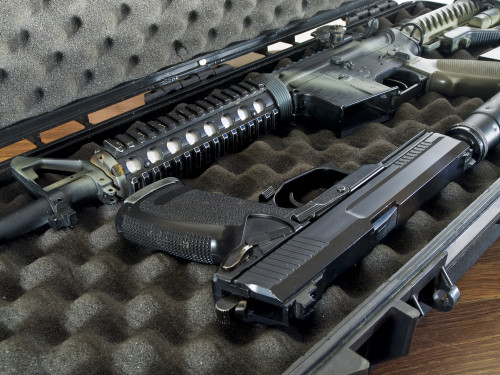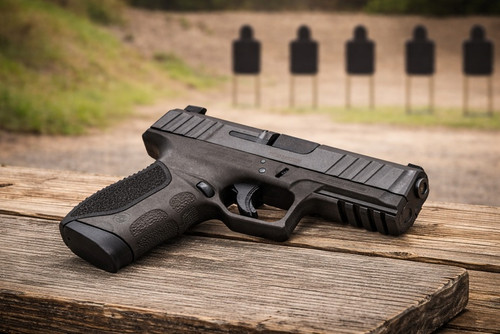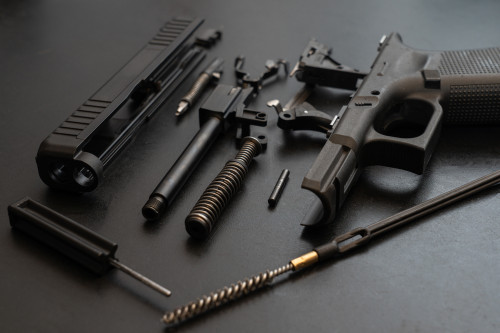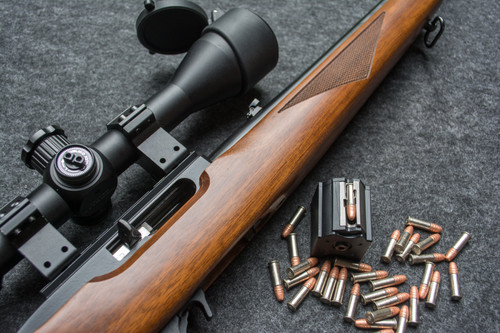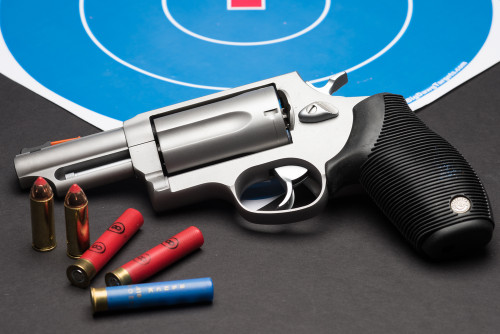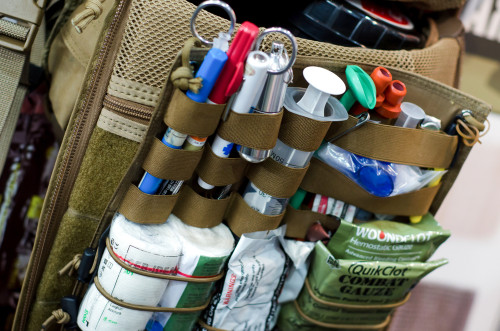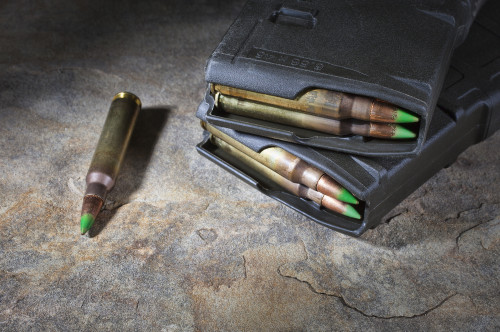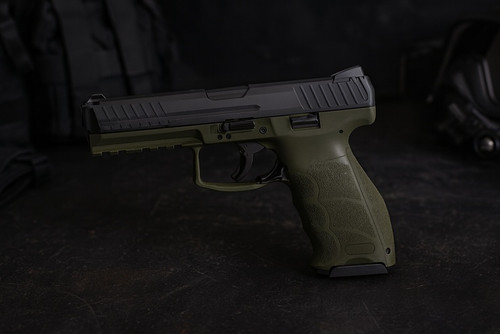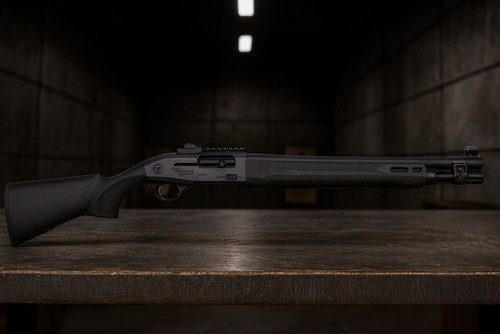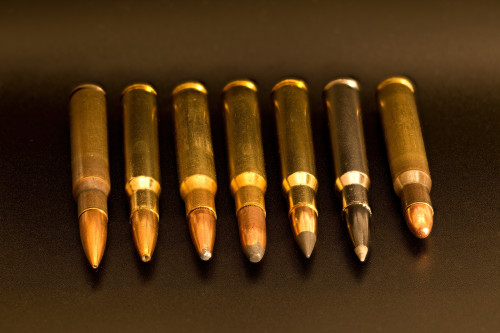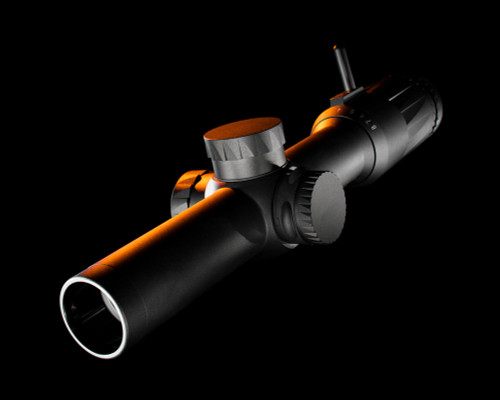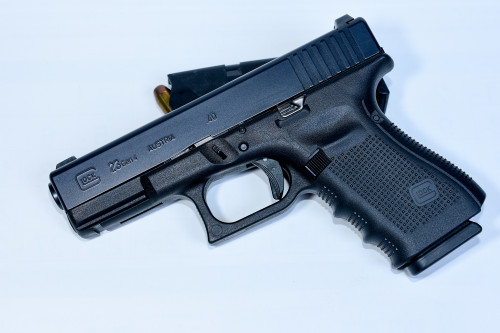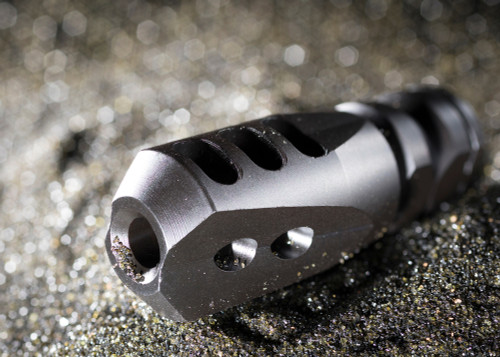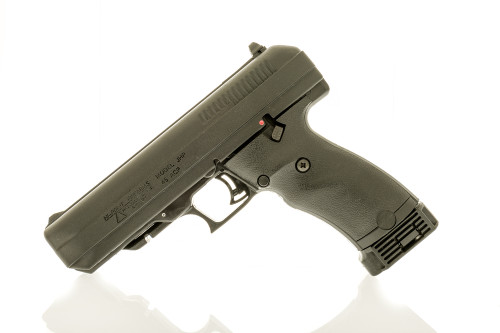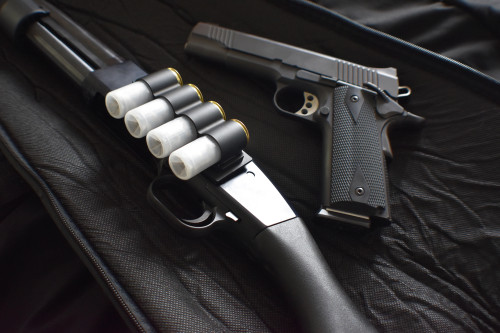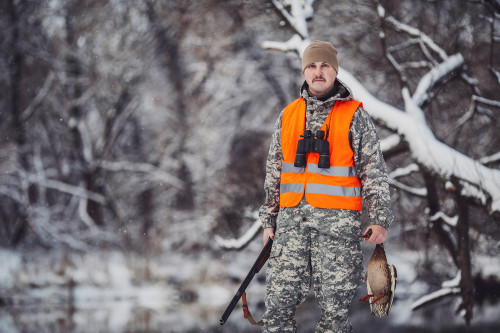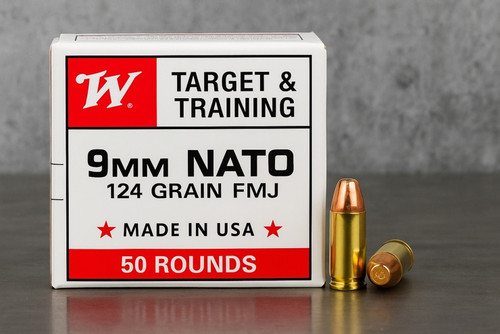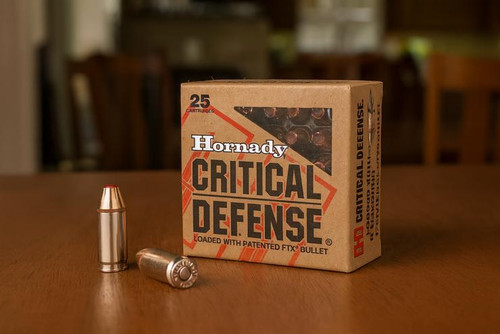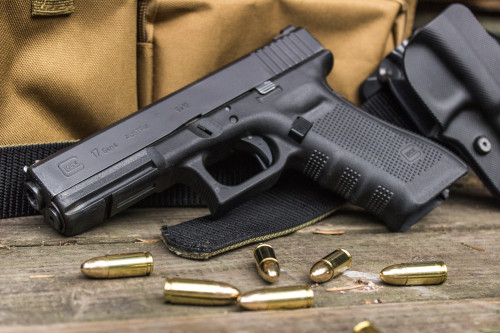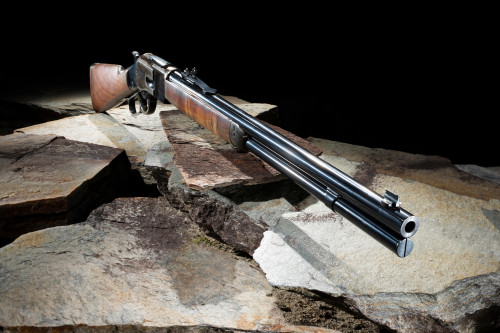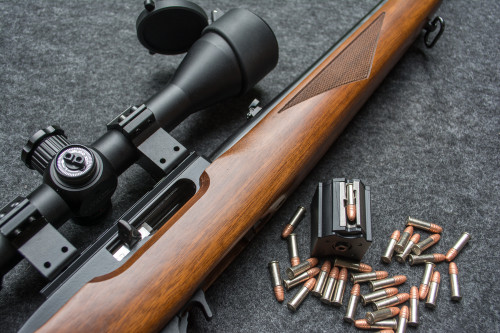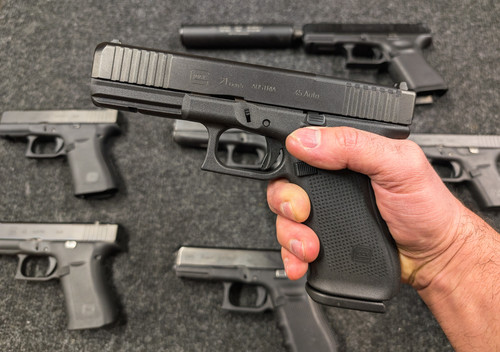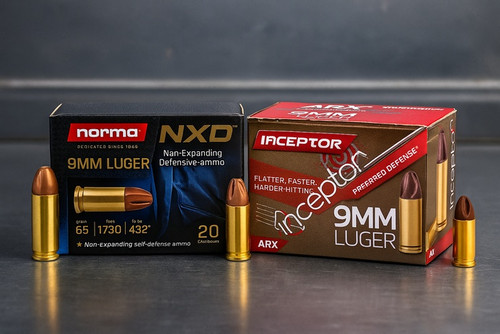Since 2020, we, the people of the United States, have armed ourselves to an astonishing degree. However it happened, a diverse body of people have taken the defense of their property and themselves into their own hands. Not just content to keep their firearms at home, people exercise their right to carry as well. In many states, Constitutional Carry is the norm — but what if you are traveling and still want to protect yourself?
As long as you stay in your home state, transporting and carrying firearms is often a simple affair (except in places such as New York regarding New York City). If you live in Miami and want to enjoy some range time near Lake Okeechobee, you only need to package up your firearms in a rifle or pistol case and hit the road.
When you start to travel across state lines, that’s when things get complicated. Fortunately, in around 38 states, Americans can legally bring their firearms across state lines with no major problems. Of course, the challenges begin to stack up when we traverse or plan to stop in the “restrictive states.”
As gun owners, we know all about them: New York, New Jersey, California, Massachusetts, Illinois, and so forth. All of these have a less-than-stellar reputation for the unwary armed citizen.
However, our travels can take us all across this great nation of ours, including those states. Let’s learn about the details of transporting firearms across state lines so you can take your guns with you — legally.
Interstate Transport of Firearms Between Most States Is a Non-Issue
We’re fortunate to live in a nation where, at least on paper, the federal government recognizes our right to keep and bear arms. In nearly 40 states of the Union, the right to keep and bear arms is only suppressed to a minimum degree. Transporting or carrying a firearm (i.e. a holstered handgun) across those specific state lines is a non-issue.
Most of those states recognize each other’s carry permits. As of this writing, 27 states no longer require a carry permit (or won’t when their respective law takes effect) for citizens to have a holstered firearm on their person. Of course, the process of transporting a properly encased pistol, shotgun, or rifle is usually even simpler — just holster or encase your firearm, pack your bags, and drive.
Pay Attention to Legal Details, Even Close to Home
However simple it seems, there are still legal nuances to consider in each state. For example, even some of the “free” states require that any long gun being transported in a vehicle must be unloaded. If you are discovered violating these laws, it can lead to serious problems.
Your home state may permit open carry, whereas your destination state will not. For example, in Georgia, one can carry a pistol, openly or concealed, without a permit. Florida, until July 1st, 2023, still requires someone carrying a pistol to have a permit. Even after Florida’s permitless carry law goes into effect, a Georgia resident driving south to the Gunshine State must cover up their holstered pistol when crossing the state line. Florida does not permit the open carry of firearms, except under a very limited circumstance tied to hunting and fishing.
Worth noting, of course, is that transport and carry laws aren’t extraterritorial. If you are in Florida, all of Florida’s firearm laws apply, regardless of where you call home. Georgia’s laws don’t matter.
Outside of those nuances, the travel between the “free” states doesn’t present a real problem for us. Where the problems crop up is in the restrictive states.
How to Transport Firearms Across Restrictive State Lines
What are the restrictive states? We’re talking about:
- New York
- New Jersey
- Massachusetts
- California
- Connecticut
- Illinois
These are the main restrictive states. To say that those states have a bad reputation amongst us armed citizens would be putting it mildly.
Even after the landmark Bruen decision by the Supreme Court in 2022, those states have yet to attain compliance with the ruling, which acknowledged the right to keep and bear arms without arbitrary standards outside the home. Transporting a firearm across a state line from a free state through a restrictive state can be perilous, even if it’s securely stowed in a case. It’s doubly dangerous, and possibly illegal, to make that state your final destination (and bring your firearm with you).
That said, transport through a restrictive state can be done. The Firearms Owners Protection Act of 1986 (specifically the McClure-Volkmer clause) provides some legal protections and guidance at the federal level. The Firearms Owners Protection Act, aka “FOPA,” establishes the concept of a “peaceable journey” into federal law. This means a gun owner can pass through a restricted state with their weapons, with several caveats.
Caveat #1: Don’t End Your Trip in the Restricted State
The biggest caveat would be that the restricted state cannot be your final destination. Live in Ohio and want to hunt in the Adirondacks? That simply isn’t legal. You aren’t a resident of New York State, which requires a permit to even possess a firearm. The purchase and permitting process takes long enough that if we were to visit, it would not make sense to go through the paperwork.
Caveat #2: Only Use Compliant Firearms
Another major caveat is that if you are passing through a restrictive state, your firearm should be compliant with that state’s laws. For example, let’s say you are transporting an AR-15 with a standard-capacity 30 round magazine. Even if the rifle is unloaded and the ammunition stored separately, New Jersey wouldn’t permit it. Even if we’re just passing through the Garden State on our way to New Hampshire (a “free” state), we wouldn’t be guaranteed the protection of FOPA.
Caveat #3: Don’t Stay Too Long
If you choose to transport a compliant firearm across a restrictive state, pay attention to the length of time you are present, and what you can and cannot do. If you were to cross New York from Pennsylvania and your final destination is Vermont or New Hampshire, you could only stop in New York for gas, food, or a bathroom break. That means no side trips and no overnight stopovers. Fortunately, crossing New York, even on the long axis (e.g. Buffalo to Albany), doesn’t take more than a day.
Sadly, the only legal way to traverse a restrictive state with your non-compliant firearms would be by air. At that point, your firearm is considered cargo and protected by regulations regarding common carriers. The airline has the same protections as if your rifle were shipped via UPS.
However, there are some common restrictions for armed travelers regardless of which state lines they cross.
Special Considerations For the Armed Traveler
When it comes to United States firearms law; there’s no shortage of legal traps for the unwary gun owner. Most of these are technical fouls, but violating them can quickly land armed citizens in serious legal trouble.
Rules About Schools
One major consideration is the Gun-Free School Zones Act of 1990. Signed by George H.W. Bush, the Act establishes legal restrictions on carrying firearms in and near a school. The Act prohibits carrying firearms inside a school building, though there are state exceptions.
However, any armed citizen within the “School Zone” (a circle with a 1000-foot radius around a school) would need to have a carry permit issued by that state. Unfortunately, at this time, Constitutional Carry and reciprocity agreements do not cover this troubling issue.
To be legal, a gun owner without a permit from the state the school is in would have to securely encase their firearm in a proper firearms case. This is the only legal way to stay compliant.
Duty to Inform Policies
Each state also has a “duty to inform” policy. This means that some states require you to declare that you are armed when approached by a law enforcement officer. The officer isn’t required to ask, but as citizens, we must tell them if we are armed. Other states only require us to answer if asked. Some choose to extend officers the courtesy regardless, whereas others choose to stay quiet.
Before taking a journey as a responsible armed citizen, it pays to study the gun laws and policies in each state.
The Transport of NFA Items
Just in case it wasn’t complicated enough, the National Firearms Act (NFA) adds another layer.
Chances are, if you’ve navigated the onerous requirements of the NFA to acquire fun items like machine guns, short-barreled rifles, and suppressors, you’re a major firearms enthusiast. You are probably also well-schooled in the legalese of the firearms world. Strictly controlled, these NFA items present unique challenges to armed travelers bringing their special gear on the road.
Firstly, unless it’s a suppressor, NFA weapons require that you inform the ATF if you move the item out of the state where you live. To do this, you’ll need to fill out a Form 20 with the relevant details. The ATF typically approves these forms automatically, but it still places a paperwork burden on the gun owner.
Secondly, even though NFA items fall under federal jurisdiction; states can still ban their possession entirely. For instance, suppressors are totally banned in New York, thus one does not simply pass through New York with a suppressor. Bringing one (and getting caught) can lead to immense legal trouble, with the offending item likely permanently confiscated. NFA items are expensive, and those of us who own them need to take extra precautions.
Traveling Across State Lines with a Firearm Via Air, Train, or Bus
Our nation is truly vast. From coast to coast, the United States is nearly 3,000 miles across. By vehicle (with reasonable time allotted for rest stops), it can take upwards of a week to traverse. Sometimes, you just want to get somewhere quickly — via commercial air travel, trains, or buses. But how do you transport a firearm with these?
Most modes of commercial travel have policies in place for the transport of firearms. However, each one handles it differently.
Commercial Airlines
Flying is known for being frustrating. Whether it is the security theater in the airports or being stuffed into a veritable bus with wings for several hours, traveling by plane is no longer the adventure it once was. Surprisingly, all domestic airlines have policies for armed citizens to transport firearms.
Of course, this doesn’t mean you can bring your weapon into the cabin. Your firearms will be treated as checked luggage, with special rules for handling.
Whether it’s a pistol or a rifle, all weapons must be stored unloaded in a hard-sided case with non-TSA locks. This ensures only you have access to the gun. Ammunition can be taken along for the journey but must be stored separately within a case. Factory ammo boxes will suffice, though you may purchase a dedicated ammunition container. However, you cannot store your ammunition in a magazine.
Once your firearms are secured in their case, you can bring them to the airline’s ticket counter to declare them for your flight. When you get to the counter, tell the ticket agent that you have a special item, a firearm, that you wish to declare for travel. Don’t say “I have a gun,” or things may get very interesting.
Pro Tip: Though most airline ticket counters have staff familiar with the process, it helps to arrive extra early before your flight, just in case things go awry.
The specifics may differ, but in general, you will be asked to open the case so the airline staff can verify that the weapons are unloaded and there is no loose ammunition. Once they are satisfied, you will lock the case back up, and it will be placed on the conveyor belt. You’ll also get a receipt, as you would for any other piece of checked luggage.
Of course, fees may apply for excess weight and so forth. One piece of advice to keep the weight down is to only bring enough ammunition for defensive needs, say between 50-75 rounds. In most cases you can purchase more ammunition at your destination.
At the end of your journey, your guns may be picked up at the luggage carousel. This is where it pays to make your hard-sided gun case as discreet as possible. Avoid gun company logos on the case to minimize suspicion or unnecessary attention.
Some airlines route your firearms to the customer service desk in the interests of security. In this case, bring your luggage receipts with you, and you can pick your weapons up as normal. While the airline staff will most likely check your firearms in at your departure airport, problems can arise if your destination airport is in a restricted state. Even if you intend to rent a car and drive to a free state, FOPA may not protect you.
In addition, if you return to the same airport in a restricted state to journey home with your weapons, it is quite likely police will be summoned. However, if you are a resident of a restricted state and have the proper legal documentation for your firearms, you should be good to go.
Traveling with Weapons Via Train
Usually, when traveling across state lines via train, you’re using Amtrak. With the demise of long-haul private interstate train travel in the 1970s, Amtrak is the only option for those who wish to travel long distances by train.
However, as a public entity, Amtrak must make provisions for us to travel with our firearms.
Thankfully, the procedures for traveling by Amtrak with a firearm are similar to those of an airline. The weapons must be stored, unloaded, in a hard-sided case with non-TSA locks. You can take ammunition in the same case, as long as it’s stored in a box or plastic container, not a magazine.
Just like an airline, you must declare the firearm to Amtrak staff, who will inspect it to ensure it complies with the railroad’s rules. You can pick it up at your destination station as if you were traveling by air.
Due to the increase in popularity of short-to-medium haul private systems (such as Florida’s Brightline), private operators can set their own rules on firearms transportation. For example, Brightline has a blanket prohibition on transporting firearms, even as checked luggage. In this case, since Brightline only goes from Miami to Orlando, you may wish to simply drive since the time difference is nominal.
Traveling with Firearms Via Intercity Bus
While not as popular as they once were, many companies and some governmental entities still offer intercity bus services. Private entities can and often do restrict the transport of firearms. For example, Greyhound, Trailways, Megabus, and Peter Pan all prohibit the carriage of weapons either in the passenger cabin of the bus itself or underneath in the luggage area. Enforcement varies, with the bus line’s security (armed and unarmed) doing random bag and metal detector checks of passengers.
That said, if the intercity bus is a public resource run by a government agency; they may be required by law to accommodate armed passengers. Most often, this is to comply with state preemption laws, which prohibit lower-level entities from regulating firearms. However, a public intercity bus that crosses state lines is exceedingly rare.
Final Thoughts
We’re fortunate to live in a nation where our right to keep and bear arms is recognized by the federal government and most state governments. It’s usually simple to transport and carry your firearms across state lines, provided you look up any legal nuances in advance. Forewarned is forearmed, as they say.
The landmark 2022 Bruen case may make it even easier to hit the road with a firearm or two, even when traveling through and to restricted states. While that does offer a lot of freedom for armed citizens, you’ll still need to become familiar with firearms laws in different states to comply with the law — especially when traveling.
Need a case to carry your firearm legally across state lines? At Pro Armory, we sell both soft and hard shell cases from the best brands on the market. Get your locking case to keep your firearms safe on vacation and check out all the other accessories available from Pro Armory.



